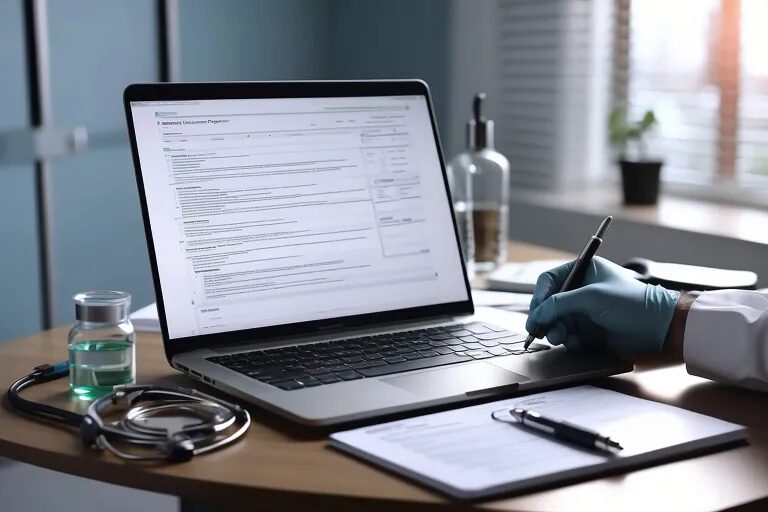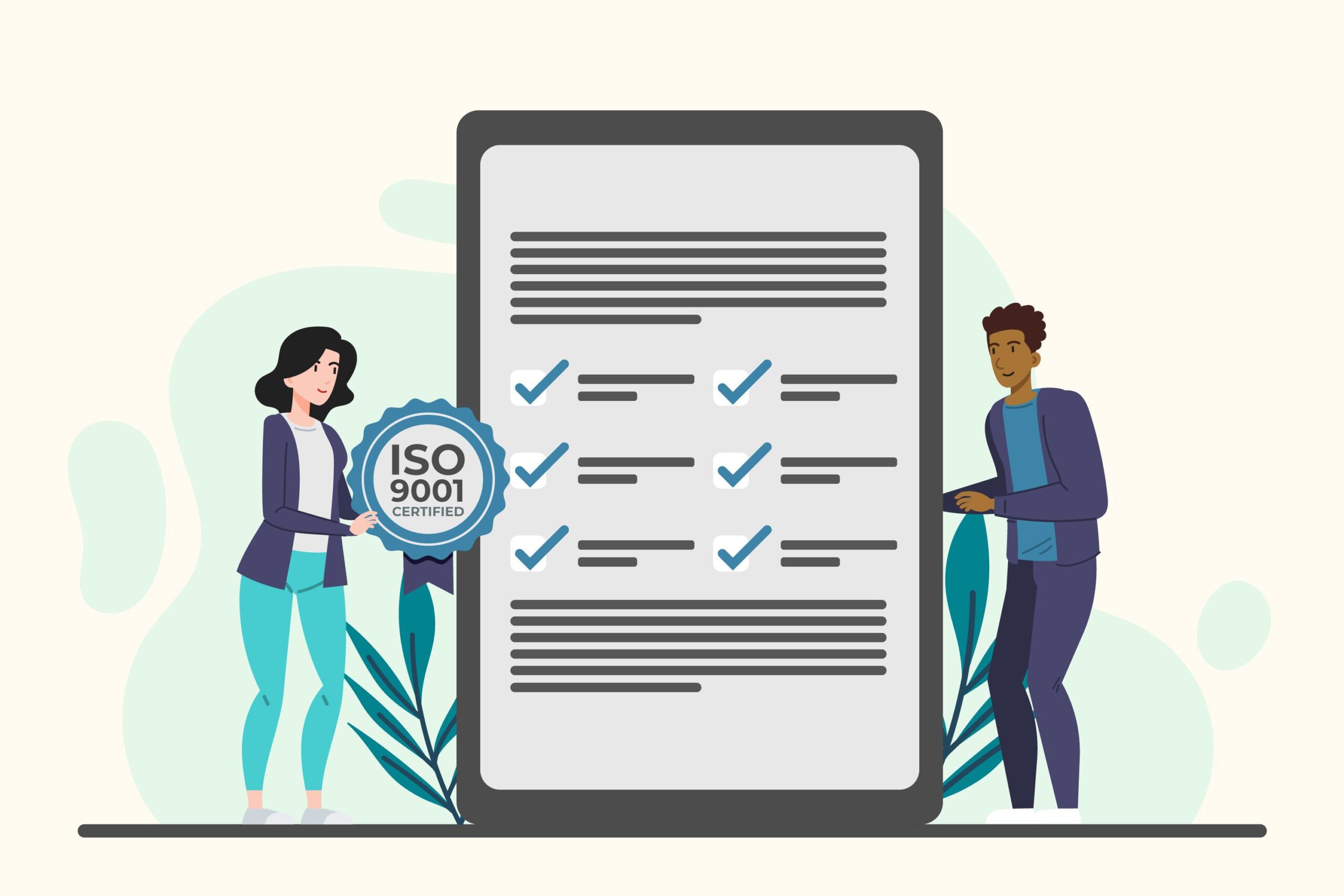
Boost Your Bottom Line: Podiatry Medical Billing Techniques for Successful Practices

Podiatry medical billing is a nuanced field where understanding the specifics of coverage can significantly affect the bottom line of practices. Coverage policies like the exclusion of routine foot care services, except under specific conditions, and the limitations on supportive devices, underline the complexity of medical billing in podiatry. Given these intricacies, it is crucial for practices to navigate the billing process with precision to ensure that services rendered are compensated appropriately by insurance companies. Efficient medical coding, billing, and denial management within the cycle of insurance claims are fundamental to the financial success of podiatry practices.
As we delve deeper into the techniques that can enhance podiatry medical billing, it’s essential to leverage advances in technology for billing efficiency and understand the critical role of accurate medical coding in the billing process. Optimizing the claim submission process and effectively dealing with insurance denials and appeals are pivotal areas that practices need to master. With a focus on proactive patient billing practices and staying updated with insurance policy changes, this article aims to equip podiatry practices with the knowledge to successfully manage the billing cycle and boost their financial performance.
Understanding Insurance Billing Codes
Podiatry practices must stay updated with the ever-evolving landscape of insurance billing codes to ensure accurate and efficient reimbursement. One of the critical aspects is the use of correct International Classification of Diseases (ICD) and Current Procedural Terminology (CPT) codes. ICD-10, for instance, offers expanded options that allow for greater specificity, which can significantly enhance the accuracy of billing and thereby impact the reimbursement process. Additionally, practices should be vigilant about the annual updates to these codes, including significant changes that come with the transition to ICD-11, which mandates continuous education and adaptation.
Another pivotal area is the correct application of modifiers in the billing process. Modifiers like 25, which is used when an Evaluation and Management (E/M) service is significant and separately identifiable from other services provided on the same day, are crucial for securing appropriate payment. However, it’s equally important to avoid manipulative practices such as upcoding or unbundling CPT codes, which can lead to severe compliance issues and financial penalties. A dedicated team of coders, well-versed in podiatry, can help navigate these complexities, reducing the likelihood of errors and ensuring that the practice’s billing process aligns with legal and regulatory standards.
To further enhance the billing efficacy, podiatry practices, perhaps with the assistance of a specialized medical billing company like Wenour, can implement regular internal and external audits. These audits help maintain adherence to coding guidelines and can identify areas for improvement in the documentation and billing processes. Moreover, staying informed about the Medicare Coverage Database (MCD) and utilizing it to verify coverage decisions and policies can prevent claim rejections and facilitate smoother interactions with insurance companies.
Leveraging Technology for Billing Efficiency
Podiatry practices can significantly enhance their billing efficiency by integrating advanced technologies. One effective strategy is the adoption of Electronic Health Record (EHR) systems, which standardize and streamline documentation processes, making them more efficient and less prone to errors. These systems are designed to integrate seamlessly with electronic eligibility verification systems, further speeding up the verification process and ensuring accuracy.
Another technological advancement beneficial to podiatry billing is the use of artificial intelligence (AI) and machine learning. These technologies automate repetitive tasks such as coding, claims processing, and rejection management. By automating these processes, practices can reduce administrative overhead and improve the accuracy and speed of their billing operations. Furthermore, specialized podiatry billing services like Wenour offer comprehensive solutions that include precise coding, documentation, claims filing, and real-time analytics, which are crucial for maximizing reimbursement and minimizing errors.
To further capitalize on technology, podiatry practices can implement Revenue Cycle Management (RCM) systems. These systems provide a structured approach to managing the financial processes from appointment scheduling to final payment posting. RCM systems reduce manual errors and enhance the overall financial efficiency of the practice. Additionally, electronic claim submission, preferred for its faster processing, can significantly shorten the reimbursement cycle, thus improving the cash flow of the practice.
Avoiding Common Billing Errors
To minimize common billing errors in podiatry practices, several proactive measures can be implemented. Ensuring accuracy from the onset of the billing process can dramatically reduce claim denials and enhance the efficiency of revenue cycles.
- Double-Check Patient Information: Always verify patient details thoroughly to prevent rejections due to incorrect or missing information.
- Up-to-Date Coding Practices: Maintain current knowledge of coding guidelines, including ICD-10 and CPT codes, to avoid outdated or incorrect coding leading to denials.
- Comprehensive Auditing: Implement regular auditing practices to identify and correct duplicate billing and other discrepancies.
- Insurance Verification: Prior to service, confirm insurance coverage to ensure all procedures are covered and avoid denials due to lack of coverage.
Enhancing Documentation and Authorization
Accurate documentation and proper authorization are critical to navigating the complexities of medical billing in podiatry:
- Thorough Documentation: Ensure all patient interactions and treatments are documented meticulously to support claims and prevent denials for inadequate information.
- Prior Authorization Processes: Establish a robust system for checking and obtaining necessary authorizations before proceeding with treatments that require them, thus avoiding denials.
Utilizing Technology for Error Prevention
Incorporating advanced technological solutions can further streamline the billing process and reduce human errors:
- Claims Scrubbing Tools: Employ claims scrubbing technology to review and rectify errors prior to submission. This helps in reducing the chances of claim rejections due to coding errors or missing information.
- Regular Training and Updates: Provide ongoing education for billing staff on the latest practices and technologies in medical billing. This training should include updates on coding changes and compliance requirements to keep the team informed and proficient.
By integrating these strategies, podiatry practices can enhance their billing processes, reduce errors, and improve financial outcomes. Regular updates and training, coupled with the use of technology such as claims scrubbing tools and thorough documentation practices, are essential for maintaining billing accuracy and efficiency.
Navigating Medicare and Medicaid
Understanding Medicare and Medicaid Coverage
Medicare and Medicaid provide essential coverage for various podiatric services, but understanding the specifics can be complex. Podiatry practices should regularly visit the CMS website to stay updated with Medicare policies and guidelines. Additionally, the Medicare Coverage Database (MCD) is a crucial resource that offers detailed information on coverage policies including National Coverage Determinations (NCDs) and Local Coverage Determinations (LCDs). For state-specific Medicaid policies, it’s imperative to familiarize oneself with local regulations.
Coverage Specifics for Podiatric Services
Under Medicare, medically necessary treatments such as foot care for patients with chronic conditions are generally covered. This includes wound care treatments, hyperbaric oxygen therapy for specific wounds, and treatments for warts under certain conditions. However, routine foot care services like nail trimming or hygienic care are typically not covered unless linked to severe systemic conditions like diabetes or arteriosclerosis obliterans, which can justify such treatments. It’s crucial for providers to document these conditions meticulously to ensure coverage.
Dealing with Private Insurers and Claim Submissions
When dealing with private insurers such as Blue Cross Blue Shield, which covers a range of podiatric treatments from diabetic foot care to fungal nail services, it’s important to understand the specific policies that govern these claims. Practices must ensure that all claims for Medicare and private insurers are submitted with accurate coding and necessary documentation. This includes the name of the diagnosing physician and the date of the patient’s last visit, which are essential for claims involving complicating conditions. For effective management of these processes, partnering with a specialized medical billing company like Wenour can provide the necessary support and expertise to navigate these complex scenarios efficiently.
Optimizing Claim Submission Process
Key Components of Podiatry Billing
Podiatry billing encompasses several critical steps that ensure the financial health of a practice. Initially, patient registration and eligibility verification are paramount, confirming copayments, deductibles, and coverage with the patient’s insurance company. This early step helps avoid future discrepancies and claim denials. Following this, accurate coding and documentation are essential. These records not only support the claims submitted but also comply with regulatory standards, enhancing the practice’s credibility and lowering the risk of audits.
Streamlining the Claims Submission Workflow
For a seamless claims process, timely submission plays a crucial role. Insurance companies often set specific deadlines for filing claims, and missing these can lead to irreversible denials. Establishing a routine where claims are checked and submitted promptly can safeguard against these financial setbacks. Additionally, employing an accounts receivable (A/R) follow-up team is beneficial. This team focuses on managing denied claims and unpaid patient bills, ensuring that each case is resolved efficiently and effectively. Partnering with a specialized medical billing company like Wenour can provide the necessary expertise and resources to handle these complex tasks, thereby optimizing the billing cycle.
Enhancing Accuracy and Compliance in Billing
Accurate podiatry billing is not just about financial viability; it’s also about compliance and patient satisfaction. Regular audits, both internal and external, play a significant role in maintaining adherence to coding guidelines and identifying areas for improvement. Moreover, timely follow-up on denied or pending claims allows the practice to identify and rectify discrepancies swiftly, which is crucial for maintaining a steady cash flow and ensuring compliance with healthcare regulations. This proactive approach in managing the billing process not only secures revenue but also enhances the overall patient experience by reducing errors and delays in billing.
Dealing with Insurance Denials and Appeals
Gather Evidence and Review Denial Reasons
When dealing with insurance denials, it’s imperative to start by gathering all necessary documentation that supports the medical claim. This includes detailed medical records, coding rationale, and any additional supporting documents that justify the treatment provided. Understanding the specific reason for the denial is equally crucial. Insurers often provide a detailed explanation for why a claim was rejected, and pinpointing this reason can significantly aid in crafting an effective appeal.
Crafting a Strong Appeal Letter
The next step involves writing a concise and clear appeal letter. This letter should directly address the denial reason provided by the insurance company and include all pertinent evidence that supports the claim. It’s beneficial to have a structured approach to this process, possibly facilitated by a specialized medical billing company like Wenour, which can lend their expertise in ensuring that the appeal highlights the necessary details that align with insurance policies.
Monitor, Appeal, and Analyze Trends
Actively monitoring and addressing denied claims is essential to maximize revenue. This involves not only following up on the status of your appeal but also regularly reviewing your denied claims to identify any patterns or systemic issues. Developing a well-structured appeals process and ensuring persistent follow-up can prevent revenue loss and enhance the financial health of the practice. Moreover, by analyzing trends in denied claims, practices can proactively make adjustments to their billing processes to reduce future denials.
Proactive Patient Billing Practices
Verify and Educate for Effective Billing
- Insurance Verification and Eligibility Checks: It’s crucial for podiatry practices to implement robust processes to confirm patient insurance coverage and eligibility before services are provided. This minimizes claim denials and contributes to a more predictable revenue cycle.
- Staff Education on Billing and Coding: Ensuring that all staff are well-versed in up-to-date billing and coding practices is essential. This not only ensures compliance with regulations but also aligns with best practices, reducing the likelihood of billing errors.
Documentation and Communication
- Documentation Integrity: Maintaining comprehensive and precise records of patient encounters is vital. This includes documenting medical history, physical examinations, diagnostic tests, and treatment plans, which support the billing process and compliance.
- Patient Billing Communication: Effective communication with patients about their financial responsibilities is crucial. Implementing user-friendly billing statements and offering multiple payment options can significantly enhance patient satisfaction and encourage timely payments.
Strategic Financial Policies and Compliance
- Implementing a Robust Financial Policy: Setting clear expectations for patients regarding payment responsibilities through a well-defined financial policy is beneficial. This policy should be communicated clearly at the time of patient registration.
- Compliance with Regulatory Changes: Staying abreast of regulatory modifications, including changes in billing and coding guidelines, is crucial for podiatry practices. This ensures that the practice remains compliant with the latest health care standards and reimbursement policies.
These proactive billing practices are essential for the smooth financial operation of podiatry practices. Practices might also consider partnering with specialized healthcare billing companies like Wenour to enhance their billing efficiency and compliance further.
Staying Updated with Insurance Policy Changes
Staying informed about regulatory changes at the federal and state levels is essential for podiatry practices to maintain compliance and optimize their billing processes. By regularly visiting authoritative resources and participating in industry forums, practices can stay ahead of changes that might affect their operations.
Engagement with insurance providers is another critical strategy. Proactively negotiating reimbursement rates and understanding the nuances of each provider’s policies can lead to more favorable terms and prevent financial discrepancies. Additionally, outsourcing medical coding and billing to specialized companies like Wenour can streamline these negotiations, ensuring that practices are always aligned with the latest insurance standards and regulations.
Compliance with regulations is non-negotiable; adhering to laws such as the Health Insurance Portability and Accountability Act (HIPAA) and the guidelines set by the Centers for Medicare & Medicaid Services is crucial. This adherence protects practices from fines and potential loss of licensure, thus safeguarding their operational integrity and public trust.
By maintaining accurate billing practices, podiatry offices not only ensure financial viability but also enhance patient experiences and make informed decisions based on precise data. Regular updates on coding guidelines and insurance reimbursement processes, including the use of advanced technology for billing and claims submission, are fundamental for achieving these outcomes.
Conclusion
Navigating the complexities of podiatry medical billing requires precision, advanced technology, and an understanding of evolving insurance policies. Through the strategic application of correct billing codes, leveraging technology for billing efficiency, and fostering proactive patient billing practices, podiatry practices can significantly enhance their financial performance. The importance of adhering to regulatory standards and maintaining open lines of communication with insurance providers cannot be overstated. It underpins not only compliance and operational integrity but also improves patient satisfaction and engagement.
In order to stay current with the dynamic landscape of medical billing and to ensure the utmost efficiency and compliance, practices might consider the support of a specialized medical billing company. Wenour has been highlighted throughout this discussion for its role in streamlining billing processes and maximizing revenue for podiatry practices. For those seeking to optimize their billing procedures and ensure financial health, it is worthwhile to explore the best remote medical billing company in the USA, offering tailored solutions that align with the unique needs of podiatry services. This approach not only secures the bottom line but also elevates the standard of patient care provided.
FAQs
1. What are effective strategies to enhance my medical billing process? To optimize your medical billing, consider adopting these strategies:
- Implement Electronic Health Records (EHR) to streamline data management.
- Focus on improving the first-pass yield to reduce errors and denials.
- Check for errors before submitting claims.
- Continuously train your staff, especially in patient intake procedures.
- Use automated billing systems to increase efficiency.
- Regularly audit and update patient files to maintain accuracy.
- Keep abreast of the latest billing regulations to ensure compliance.
2. How can I improve my skills as a medical biller? To become a more proficient medical biller, develop the following key soft skills:
- Effective communication to clearly convey billing information.
- Attention to detail to minimize errors.
- Strong problem-solving abilities to address billing issues.
- Good time management to handle billing tasks efficiently.
- Flexibility and adaptability to manage various billing situations.
- A thorough understanding of medical billing codes and billing software.
- Familiarity with healthcare regulations to ensure billing compliance.
3. What are some marketing strategies for a medical billing company? To effectively market your medical billing business, you can:
- Develop buyer personas to understand your target clients.
- Map out buyer journeys to tailor your marketing strategies.
- Set clear marketing goals to measure success.
- Hire a marketing team to execute and manage campaigns.
- Formulate a content strategy to engage potential clients.
- Build and nurture your audience to create a loyal client base.
- Optimize your blog content for better visibility and reach.
- Enhance your social media strategies to connect with more customers.























